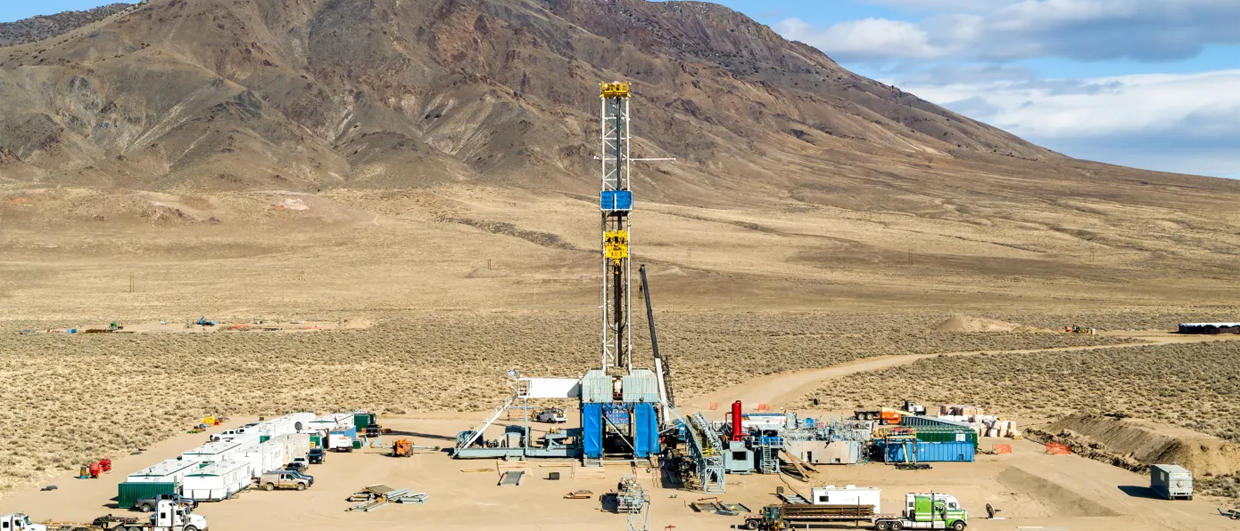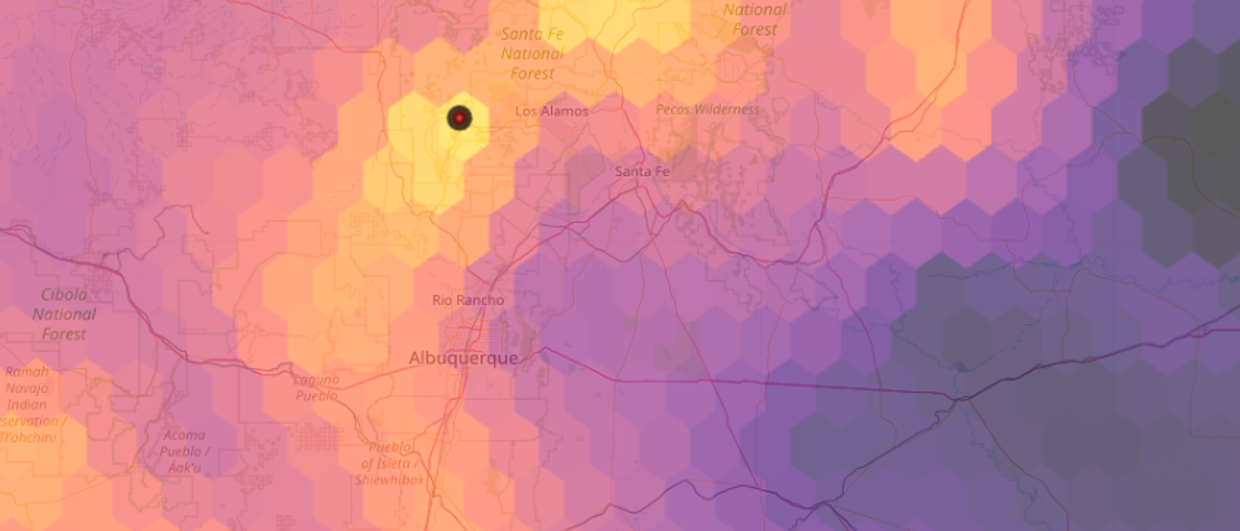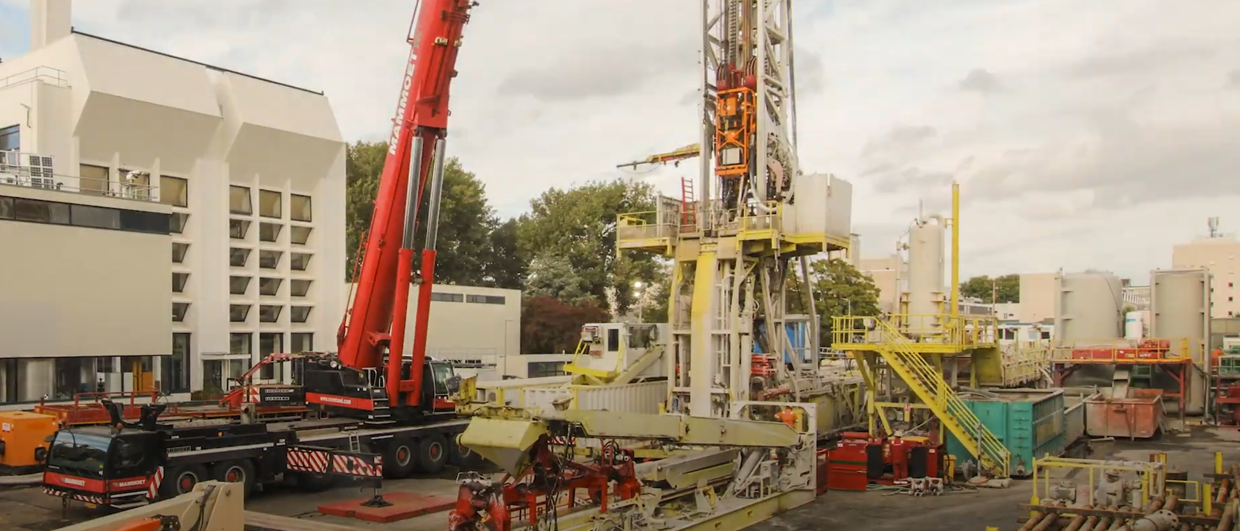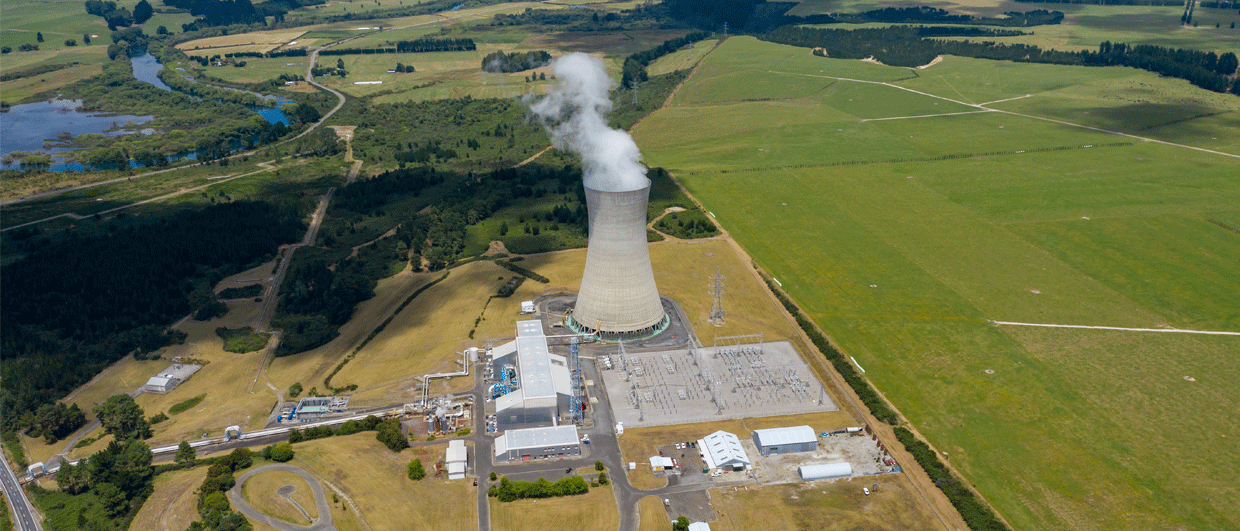Geothermal energy, once overshadowed by other renewables, is entering a new era. Historically, its use depended on rare geological conditions: Underground heat, permeable rock, and natural water supplies — usually found near plate boundaries or volcanic regions. These limitations kept geothermal on the fringes of global power supply.
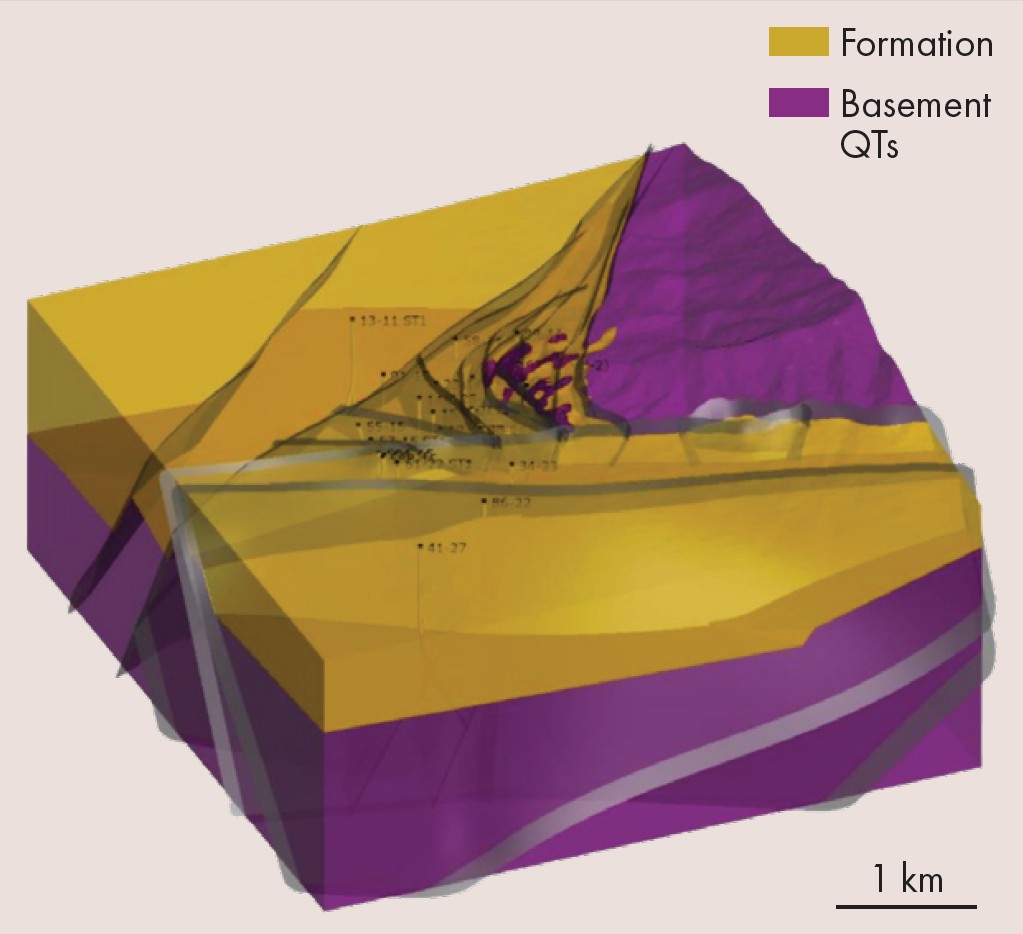 Now, Enhanced Geothermal Systems (EGS) are changing the landscape, making it possible to tap into Earth’s heat in areas without natural reservoirs. With recent advances in drilling and modelling, and steadily decreasing costs, geothermal could supply as much as 15 % of global electricity demand by 2050.
Now, Enhanced Geothermal Systems (EGS) are changing the landscape, making it possible to tap into Earth’s heat in areas without natural reservoirs. With recent advances in drilling and modelling, and steadily decreasing costs, geothermal could supply as much as 15 % of global electricity demand by 2050.
EGS expands the reach of geothermal energy to high-temperature regions that lack sufficient fluid volumes or natural permeability — areas once dismissed as “hot, dry rock” zones. Two such major projects breaking this new ground are the Utah FORGE initiative and Fervo Energy’s Project Red in the USA.
Steve Fercho, the Exploration Geoscience Lead at Fervo Energy, says these Enhanced Geothermal Systems (EGS) could be the answer. Co-developed by Fervo and Google under a partnership in 2021, Project Red is ‘the world’s first corporate agreement to develop an enhanced geothermal power project.’
With Project Red, Fervo has achieved a lot of firsts: The first commercial EGS project, the first known geothermal project that uses fully horizontal wells, and likely the hottest horizontal wells ever drilled in the world.
“Our number one goal for Project Red was to prove that using horizontal drilling and multistage stimulation treatment technology is viable for geothermal. It’s hugely validating to show that impermeable rock, previously considered too hard, too deep, and too hot for tech to handle, can be successfully drilled,” says Fercho.
Alongside horizontal drilling, the Fervo team uses Seequent connected software: Oasis montaj for their geophysical modelling, Leapfrog Energy 3D ground modelling software and Seequent Central to visualise, track and manage their large geological datasets from a centralised, auditable environment.
Fercho says of Leapfrog, “It’s our most important tool to characterise the subsurface to determine the best location of the wells before we drill. And, as we drill, we can update our models for continuous planning.”
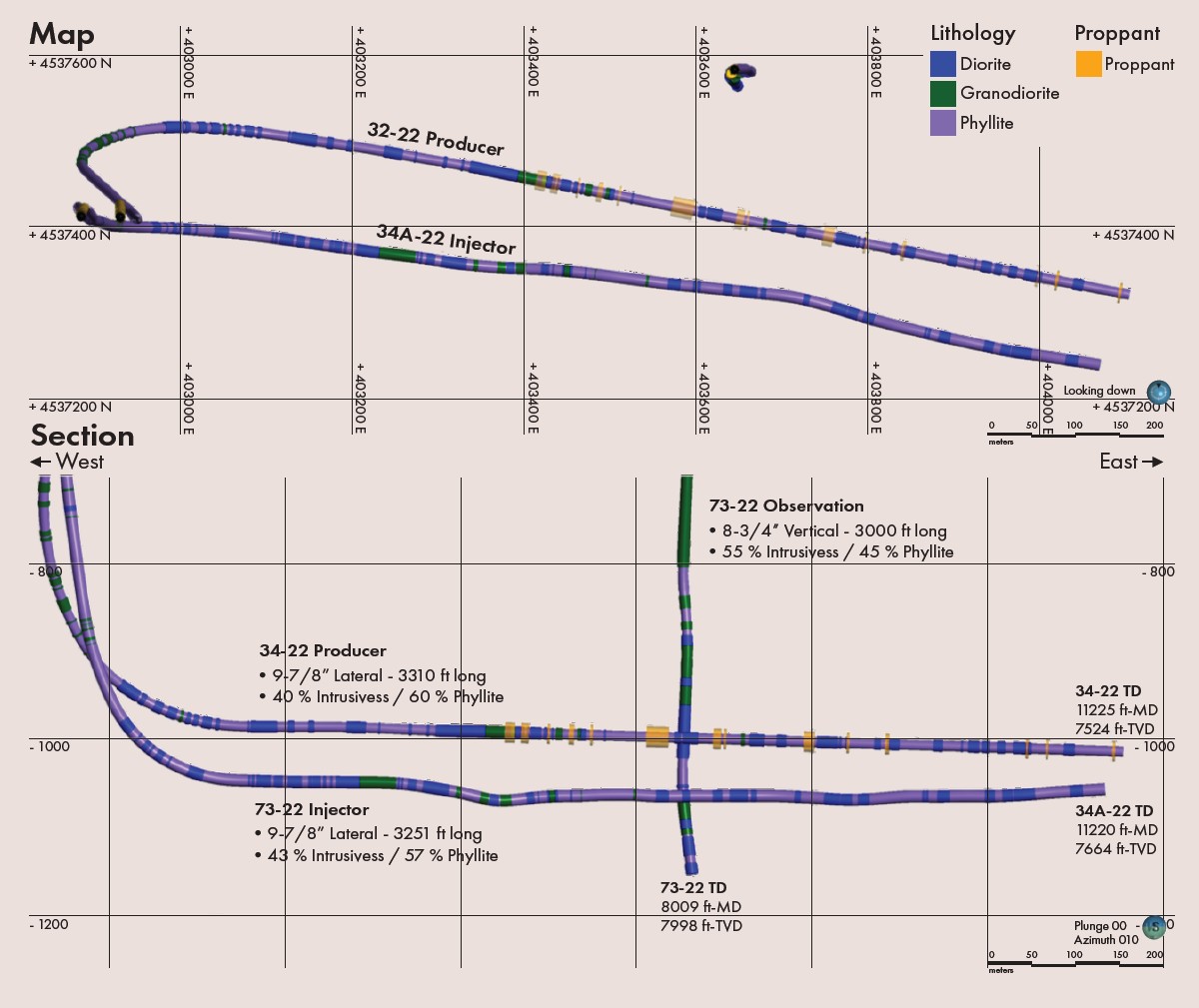
With global investments in geothermal technologies increasing, Enhanced Geothermal Systems (EGS) are overcoming geographical and geological barriers, enabling energy production in regions previously considered unsuitable for geothermal. Unlike wind and solar, geothermal energy is not intermittent; it provides constant, around-the-clock power, making it a true baseload renewable resource.
As both private and public sectors continue to support innovation, further breakthroughs in technologies and research could continue to help geothermal energy assume a more central role in helping the delivery of global clean energy.

